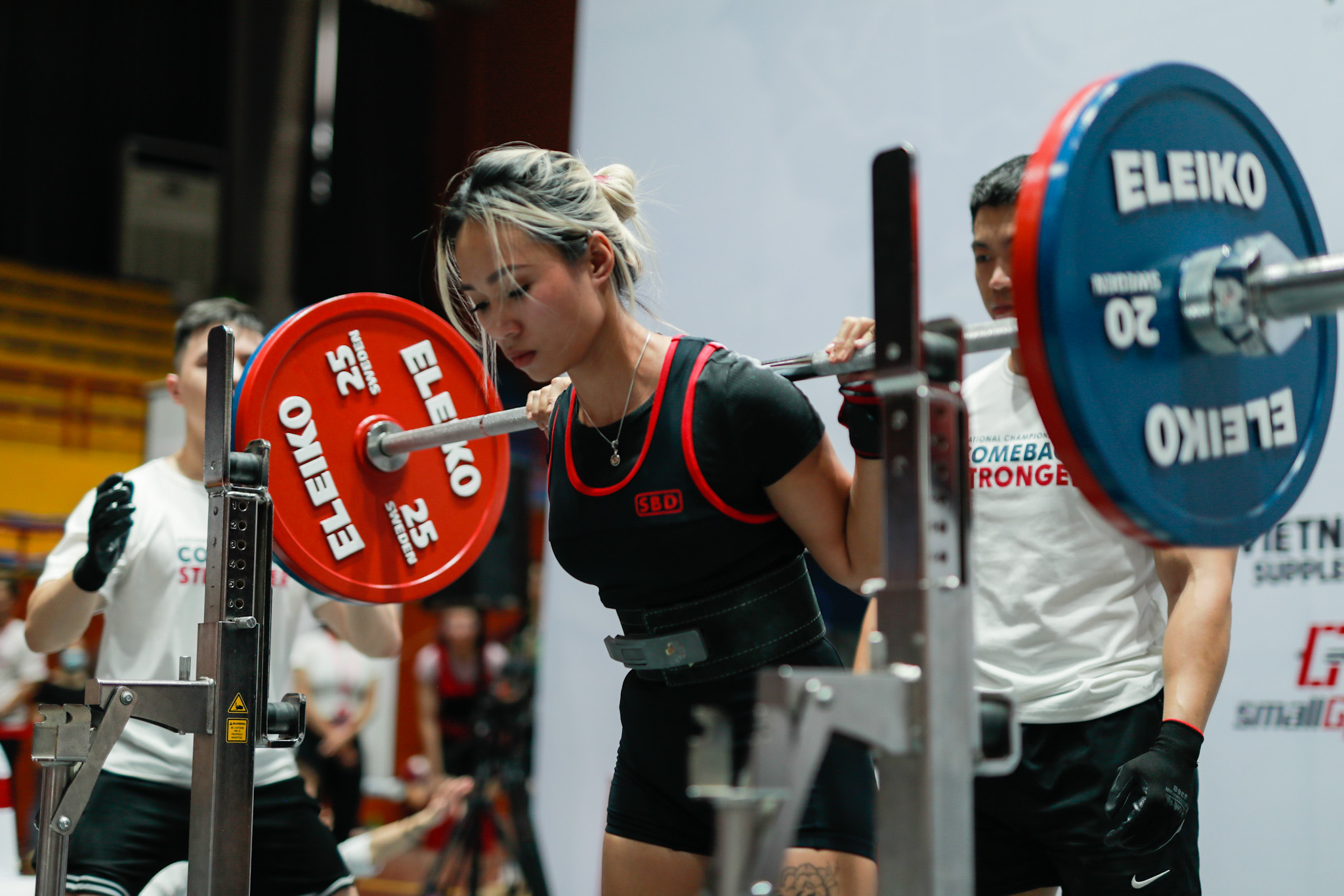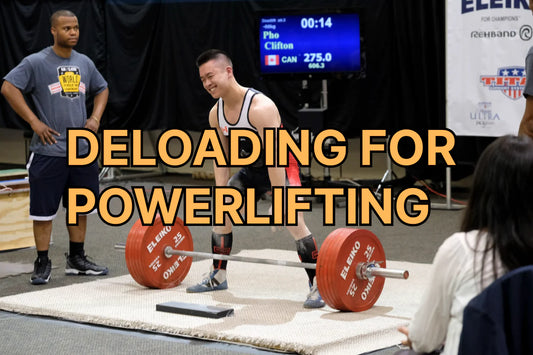
Injury Prevention for Powerlifters: Staying Healthy and Strong on the Platform
While the pursuit of heavy lifts is central to powerlifting, staying healthy and injury-free is paramount for long-term progress and enjoyment of the sport. Powerlifting injury prevention should be an integral part of every lifter's training regimen. This article will discuss common powerlifting injuries and provide actionable strategies for staying healthy and strong on the platform.
Common Powerlifting Injuries:
Powerlifting, like any intense physical activity, carries a risk of injury. Some of the most common injuries include lower back pain, shoulder impingement, knee pain, and muscle strains. Understanding the mechanisms behind these injuries is crucial for prevention.

The Importance of Proper Form:
Proper form powerlifting is your first line of defense against injuries. Ensure you have a solid understanding of the correct technique for the squat, bench press, and deadlift, and consider working with a qualified coach to refine your form.

The Role of Warm-up:
A comprehensive warm-up for powerlifting prepares your body for the demands of heavy lifting. It should include dynamic stretches, light cardio, and gradually increasing the weight on your working lifts.

The Importance of Progressive Overload:
While pushing your limits is necessary for progress, increasing the weight or volume too quickly can overload your muscles and joints, leading to injury. Implement progressive overload gradually and listen to your body's feedback.

The Significance of Recovery:
Recovery for powerlifters is just as important as the training itself. Adequate sleep, proper nutrition, and active recovery methods like stretching and foam rolling help your body repair and adapt.

Accessory Work for Injury Prevention:
Incorporating specific accessory exercises can strengthen supporting muscles and address potential imbalances, reducing the risk of injury. Focus on exercises that target the rotator cuff, upper back, and core.

Listen to Your Body and Address Pain:
Don't ignore pain. It's your body's way of telling you something is wrong. Address any discomfort or pain early on by adjusting your training, seeking medical advice if necessary, and prioritizing rest.
Proper Gear and Technique
Using appropriate powerlifting gear like belts and wrist wraps can provide support, but remember that they are tools, not substitutes for proper form and strong underlying musculature.

Staying healthy and strong on the platform is a long-term commitment. By prioritizing powerlifting injury prevention through proper form, adequate warm-up and recovery, strategic programming, and listening to your body, you can minimize your risk of injury and enjoy a long and successful powerlifting career.






